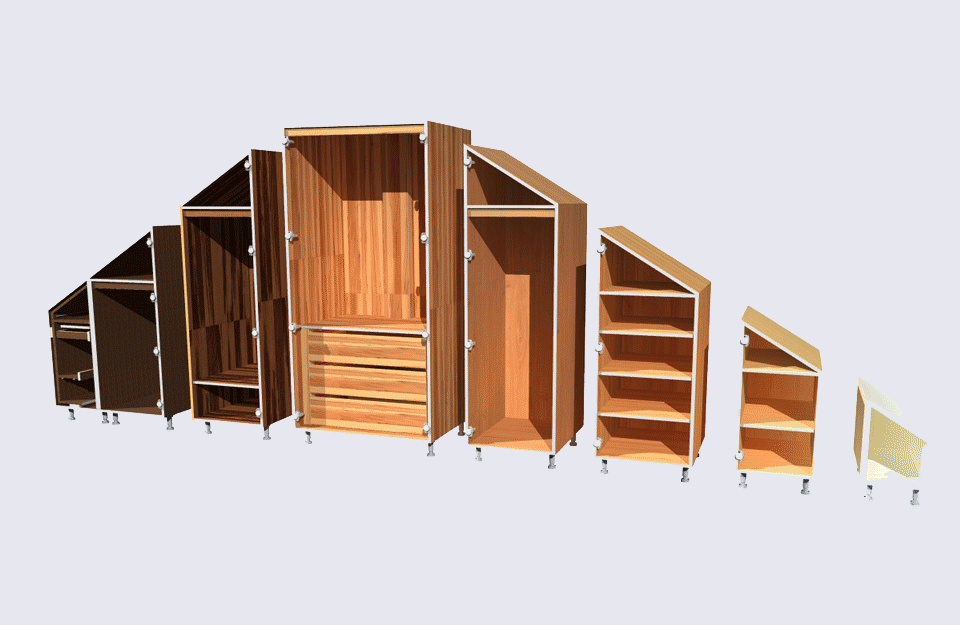
Why the quality of your kitchen carcasses is important
Author Chigwell Building & Joinery
Date 09/08/17
Determining which kitchen units are made to last
When shopping for a kitchen, seldom do buyers consider the quality and construction of the actual kitchen carcass they come with. In most cases the doors, the colour and the finish is what either makes or breaks a sale yet the carcass is the item that will need to take the brunt of the pressure when it comes to daily use and abuse.
Of course, the quality and manufacturing process of the doors is important but in overall structural terms, they have very little influence. The materials, construction style and strength of the kitchen carcasses is what really matters to the quality of the final product and its longevity, not to mention taking the weight of the worktop and built-in appliances. They need to last!
A strong back makes for a strong unit
In most cases, kitchen carcasses made in the UK are formed of 18mm chipboard with PVC coating and edge banding, where the strength of the units is focuses on the back section. Here is where you can reveal the good from the bad as the strength and quality of the back panels can vary greatly. On certain cheaper units, they are backed with a thin 3mm or 6mm hardboard which is not considered to be a rigid material at all. Flimsy at best.
Over time, if a lot of weight and pressure is applied to carcasses with thin back panels, they will start to bow and sag or worse, the back panels will pop out of place completely making the carcasses useless. The issue is, you may not even see this occurring as the back panels are frequently out of sight so by the time the inevitable break down has occurred, it’s probably too late.
If possible, shop for kitchen carcasses that have rigid back panels of at least 18mm in thickness or sectional panels in 18mm that will take the brunt of the weight and be able to last many years. You could save yourself a lot of worry and longer term, won’t have to concern yourself with the messy job of replacing individual carcasses that may not have lasted as well as the others.
Thick edging means longer protection
Another sure fire way to determine the quality of a good kitchen carcass from a bad one is the edge banding thickness.
Many mass produced carcasses from well-known DIY stores and even big brand kitchen retailers are commonly sold with a thin iron-on type melamine edging which is very prone to peeling, cracking and snapping. The edging isn’t just there to make the units look good. They have a very important role to play in protecting the carcass edges from damage from persistent use and abuse. Doors and drawers are constantly opened and closed so a cheap edge band will start to crack under the strains of slamming and constant closing of doors.
A good quality unit should have edge banding of at least 0.4mm to 2mm in thickness and be made of PVC or ABS, not melamine.
So if you are considering a brand new kitchen or even a simple kitchen facelift by replacing the carcasses, do not necessarily shop around for the most economical option. Chances are, it will be cheaply made and will start to deteriorate quickly after installation. As the saying goes, you only get what you pay for so if you’re investing in a new kitchen, a few extra pennies on quality is an investment well made.

